These days, it is increasingly easier to focus on and absorb all of the negativity in our lives, and in the word around us. With worldwide tragedy and our own personal trials, forcing a positive thought into our head sometimes seems impossible. However, research has showed that it actually is easier for our brains to focus on the negative aspects of our lives rather than the positive ones.
Rick Hanson, Ph.D, has performed plentiful research on the human brain and its negative tendencies. His research supports that our brains have developed to naturally sway towards negative thinking. We subconsciously focus on and remember the bad, while we neglect and discard the good. Hanson’s studies show that negative stimuli trigger more neural activity than positive stimuli of equal intensity. Negative events are perceived and processed more quickly, and are then stored in long term memory. Positive events take over 12 more seconds to be processed and moved from short-term memory to long-term memory.
The amygdala, associated with emotions, memory, and “fight or flight” responses; is located on either side of the brain, and focuses over 65 percent of its energy on searching for “bad news.” For this reason, Hanson refers to the brain as Velcro for negative experiences and Teflon for positive experiences – it takes much for effort for the positive thoughts to remain in our memory.
We are literally wired to be negative thinkers.
Allowing the mind to trend towards negative on a regular basis increases the potential of rumination – when your mind focuses on the negative aspects of events played over and over again in your memory. Research shows that rumination can damage some of the neural structures responsible for emotions, memory, and feelings. Cortisol, a stress hormone, contributes to this process as well, as it can break down parts of the brain that help to form new memories. The more cortisol released as a response to stress or negative experiences, the more difficult it becomes to form new, positive memories.
Hanson’s, and many other researchers’ studies show that our brains are shaped by our thoughts and experiences. The more frequently a synapse is fired in the brain, the more sensitive it becomes, and the more likely it is to fire again. Our thoughts can also create new synapses that are capable of changing our genes, and therefore, altering our brain structure.
Negative thought processes affect more than our mental state. Chronic stress has been proven to upset the body’s hormonal balance and damage the immune system. New findings suggest that chronic stress can shave days off of our lives by shortening the ends of our DNA strands, which play a significant role in the aging process. This stress can lead to suppressed anger and increase the risk of additional health problems such as hypertension, cardiovascular disease, digestive disorders, and infection.
However, pessimists, do not be discouraged. All hope is not lost! Itispossible to train your brain to resist negativity. One study from Cognitive Therapy and Research in 2014 showed that making an effort to “observe thoughts and feelings as temporary and objective events in the mind” can ease rumination. In other words, practicing mindfulness, or being aware of moment-to-moment experiences and how they make you feel, can help to shift negative thinking.
Regularly meditating has also proved as a helpful practice to think more positively. I was immediately intimidated by “meditating”, but meditation doesn’t have to be sitting crisscross applesauce and saying “ohm” for hours on end. Meditating is to think deeply or focus your mind for a period of time. During this time, consciously focus on feeding your mind with positive thoughts. Lying in bed before you fall asleep is a perfect time for this mind nourishment, because your brain is much more likely to remember thoughts and events when it is able to process them while you are asleep.
In addition, further studies have shown that actively practicing gratitude can increase optimism, determination, attention, and enthusiasm. Expressing gratitude releases dopamine in the brain. Commonly referred to as the “reward” neurotransmitter, dopamine makes you feel good about the action you just took that triggered its release. This feeling encourages your brain to search for opportunities to perform that action again. Due to the brain adapting to our common thoughts and experiences, looking for instances to express gratitude may be challenging at first, but over time your brain will start to subconsciously look for reasons to feel that way in order to experience this "feel-good response". In addition to dopamine release, the feeling of gratitude also increases the activity of the hypothalamus – a control center for bodily functions such as eating, drinking, and sleeping; as well as an influencer for metabolism and stress levels. Increased hypothalamus activity can result in a better night's sleep, which contributes to less anxiety and stress.
Do not confuse gratitude with thinking of reasons why you are better off than other people. Gratitude is not felt as a result of a comparison of your life to that of another, but rather from appreciation of the positive pieces your life.
Practicing positivity not only opens our eyes to this beautiful world and its possibilities, but positive emotions build up over time, which can help to resist negative thoughts and experiences from having such a significant effect on our minds and memory.
We are born with brains that look for reasons to think negatively. This is why we often never forget insults, and shake off compliments. We have to make a vigorous effort to fight off our natural instinct to look for experiences that will upset us.
Training your brain gets easier over time, as it molds itself to your most practiced thoughts and experiences. Whether you keep a journal of what you are grateful for every day, find quiet time to think positively, or simply pay more attention to how different experiences make you feel and try to avoid them in the future; do something. If not for how your negative demeanor makes others feel, do it for your own emotional and physical benefit.
While negativity comes naturally, so do its harmful effects on your mental and physical health. Being determined to live a more positive lifestyle can lengthen your life as well as increase your productivity and energy levels. With a longer life to live and more motivation and verve to reach your goals, the possibilities are endless.
How’s that for positivity?

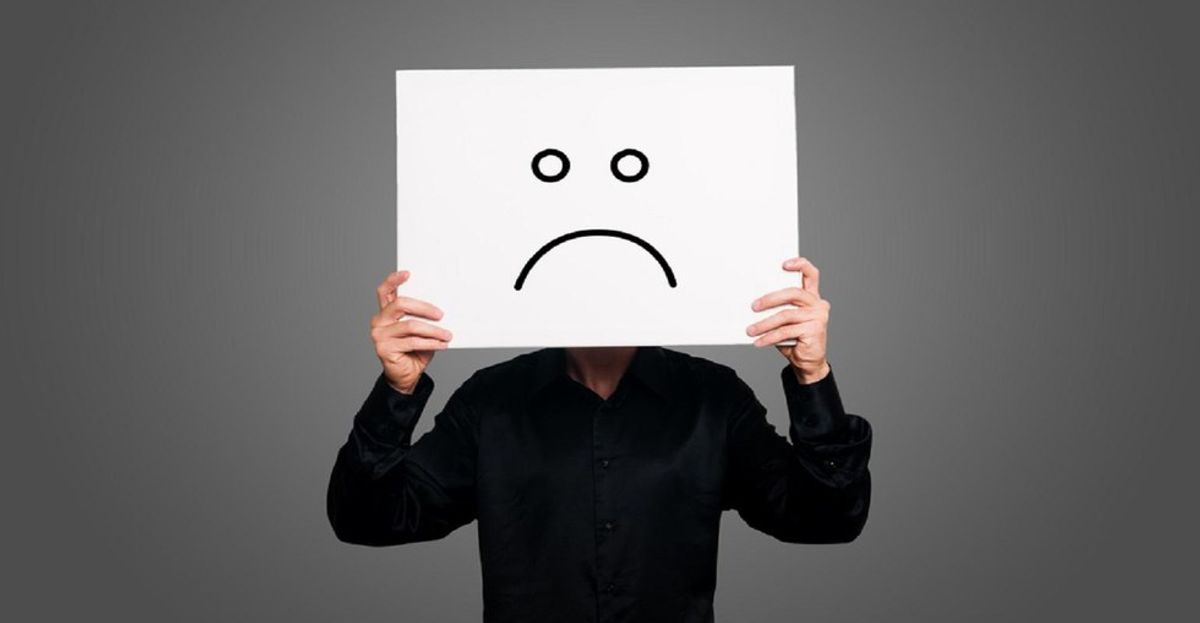

 women in street dancing
Photo by
women in street dancing
Photo by  man and woman standing in front of louver door
Photo by
man and woman standing in front of louver door
Photo by  man in black t-shirt holding coca cola bottle
Photo by
man in black t-shirt holding coca cola bottle
Photo by 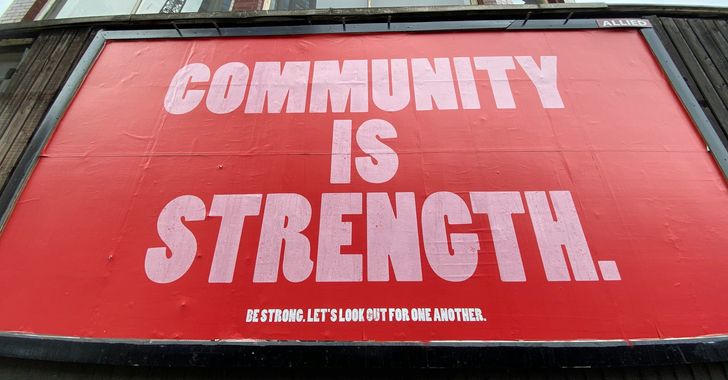 red and white coca cola signage
Photo by
red and white coca cola signage
Photo by  man holding luggage photo
Photo by
man holding luggage photo
Photo by  topless boy in blue denim jeans riding red bicycle during daytime
Photo by
topless boy in blue denim jeans riding red bicycle during daytime
Photo by  trust spelled with wooden letter blocks on a table
Photo by
trust spelled with wooden letter blocks on a table
Photo by  Everyone is Welcome signage
Photo by
Everyone is Welcome signage
Photo by  man with cap and background with red and pink wall l
Photo by
man with cap and background with red and pink wall l
Photo by 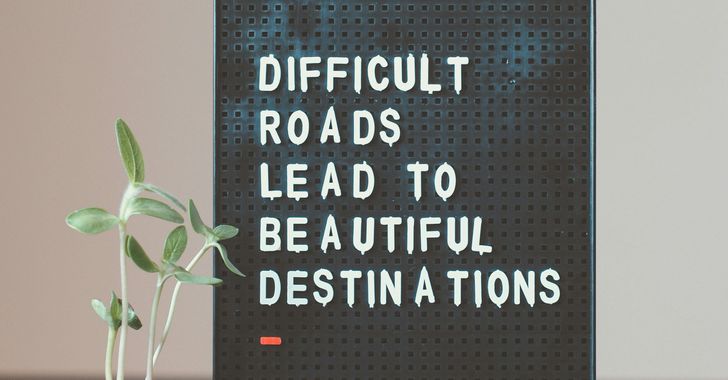 difficult roads lead to beautiful destinations desk decor
Photo by
difficult roads lead to beautiful destinations desk decor
Photo by  photography of woman pointing her finger near an man
Photo by
photography of woman pointing her finger near an man
Photo by  closeup photography of woman smiling
Photo by
closeup photography of woman smiling
Photo by  a man doing a trick on a skateboard
Photo by
a man doing a trick on a skateboard
Photo by  two men
two men  running man on bridge
Photo by
running man on bridge
Photo by  orange white and black bag
Photo by
orange white and black bag
Photo by  girl sitting on gray rocks
Photo by
girl sitting on gray rocks
Photo by  assorted-color painted wall with painting materials
Photo by
assorted-color painted wall with painting materials
Photo by  three women sitting on brown wooden bench
Photo by
three women sitting on brown wooden bench
Photo by 
 Photo by
Photo by  Photo by
Photo by  Photo by
Photo by  Photo by
Photo by 


 people sitting on chair in front of computer
people sitting on chair in front of computer



 all stars lol GIF by Lifetime
all stars lol GIF by Lifetime two women talking while looking at laptop computerPhoto by
two women talking while looking at laptop computerPhoto by  shallow focus photography of two boys doing wacky facesPhoto by
shallow focus photography of two boys doing wacky facesPhoto by  happy birthday balloons with happy birthday textPhoto by
happy birthday balloons with happy birthday textPhoto by 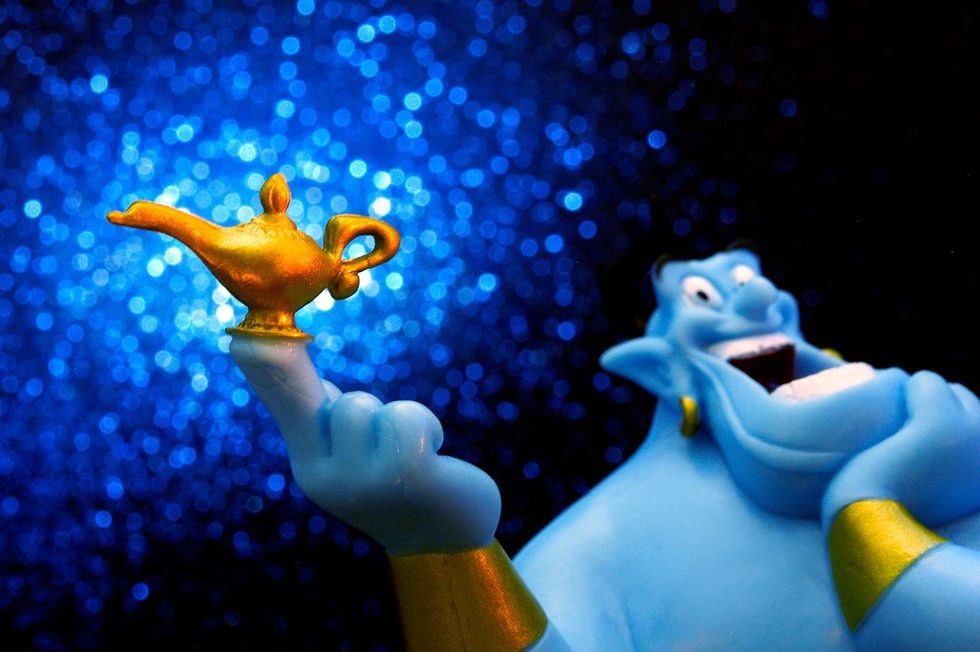 itty-bitty living space." | The Genie shows Aladdin how… | Flickr
itty-bitty living space." | The Genie shows Aladdin how… | Flickr shallow focus photography of dog and catPhoto by
shallow focus photography of dog and catPhoto by  yellow Volkswagen van on roadPhoto by
yellow Volkswagen van on roadPhoto by  orange i have a crush on you neon light signagePhoto by
orange i have a crush on you neon light signagePhoto by  5 Tattoos Artist That Will Make You Want A Tattoo
5 Tattoos Artist That Will Make You Want A Tattoo woman biting pencil while sitting on chair in front of computer during daytimePhoto by
woman biting pencil while sitting on chair in front of computer during daytimePhoto by 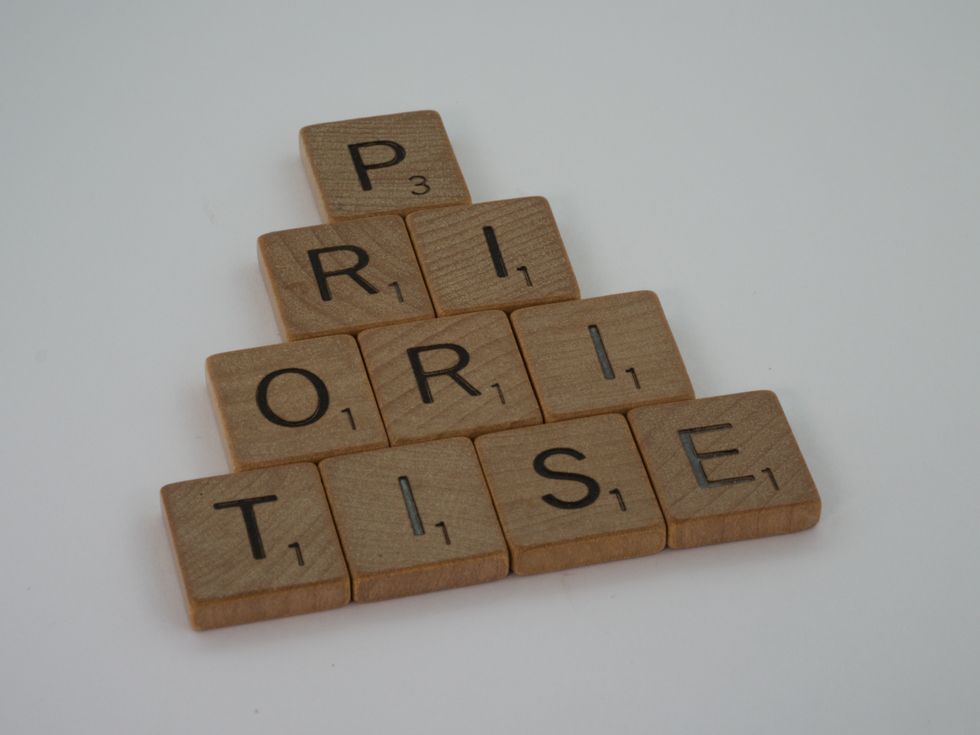 a scrabbled wooden block spelling the word prizePhoto by
a scrabbled wooden block spelling the word prizePhoto by 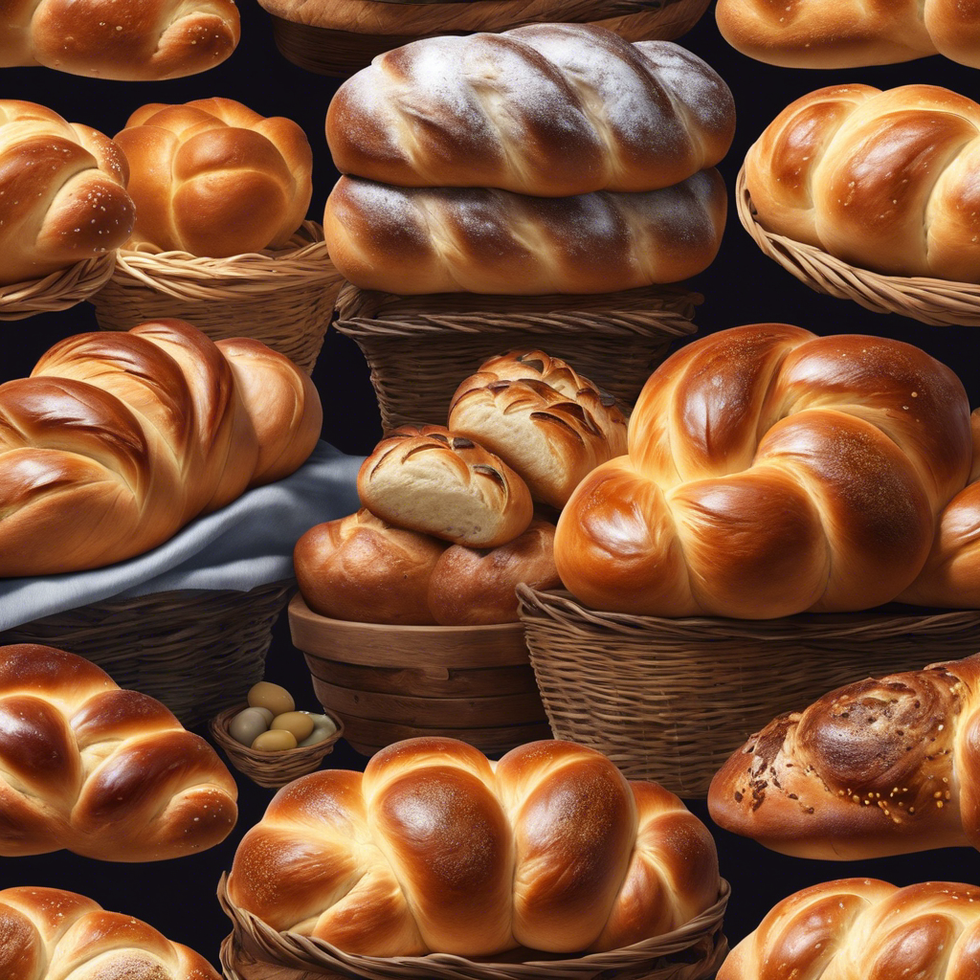
 StableDiffusion
StableDiffusion
 StableDiffusion
StableDiffusion
 StableDiffusion
StableDiffusion









